Get ready for an offbeat adventure in Agueda, Portugal! In this video, we unveil the lesser-known treasures of this charming town. From secret alleys to local cuisine, we’ll guide you through the heart of Agueda’s culture. Join us on this journey of exploring Agueda.
Welcome Back Vagabonds!
Welcome to “Atypical Vagabond,” a portal to a realm where boundaries blur and conventional paths diverge. Here, we delve into the world of unconventional exploration and celebrate the art of wandering without constraints. Join us as we uncover hidden gems, unravel the tales of unconventional nomads, and delve into the transformative experiences that await those who dare to embrace the call of wanderlust.
A strong desire for freedom often arises in a busy world of daily routines and societal pressures. We become fascinated by the exciting appeal of unfamiliar places, the mysterious call of undiscovered destinations, and the life-changing influence of travel. In these instances, we awaken the spirit of the unconventional traveler — the wanderer who desires to explore the world and embark on a journey of self-discovery and personal freedom.
The Hidden Gem of Agueda
Welcome to an unforgettable journey through the hidden gems of Agueda, Portugal! As avid explorers, we’ve embarked on a mission to uncover the best-kept secrets. Therefore, we want to find the places that often escape the typical traveler’s radar.
Agueda isn’t just a picturesque destination; it’s a treasure trove waiting to be discovered. In this video, we’ll take you far away from the usual tourist haunts and into the heart of the town’s soul.
Our adventure begins as we wander through the labyrinthine secret alleys that crisscross Agueda. These narrow passages hold stories of centuries gone by, and we’ll share their history and significance with you. Prepare to be enchanted by the charm that oozes from every cobblestone and hidden corner.
Agueda’s Culinary Scene
But that’s not all; Agueda’s culinary scene is a masterpiece. We’ll introduce you to the flavors of this region, from delectable street food stalls to cozy family-run eateries. Savor traditional dishes made with love and fresh local ingredients. Our taste-bud tantalizing journey will leave you craving for more!
As we dive deeper into this adventure, we’ll showcase the warm hospitality of the locals. As you dine in Agueda, Portugal, the people open their hearts to visitors. Their stories, traditions, and genuine smiles will leave a lasting impression on your soul.
Atypical Last Thoughts

But here’s the best part – when you subscribe to our channel, you’re not just a viewer but part of our ever-growing travel community. Together, we explore the world’s hidden gems, share travel tips, and create lasting memories.
So, join us in this quest to uncover Agueda’s secrets. If you’re as passionate about authentic travel experiences as we are, don’t forget to hit that subscribe button and ring the notification bell. Let’s embark on this incredible journey together, one hidden gem at a time!
Subscribe
Are you an avid traveler seeking inspiration for your next adventure? Look no further than the Atypical Vagabonds newsletter. By subscribing to our newsletter, you gain access to a treasure trove of travel tips, destination guides, and captivating stories from around the globe. Our knowledge in exploring off-the-beaten-path destinations. We offer a refreshing perspective on travel, encouraging you to embrace the unconventional and discover unique experiences. Join the community today and let our wanderlust-inducing content inspire you. Therefore, you can embark on extraordinary journeys. Subscribe to receive their latest updates directly in your inbox and never miss a travel adventure again.
Donations
Love what you’re seeing on Atypical Vagabond? Help us keep the adventures coming! Consider donating through PayPal’s secure payment system. Every contribution goes a long way in fueling our mission to bring you more thrilling content and unforgettable experiences. Join us in shaping the future of travel—donate today!

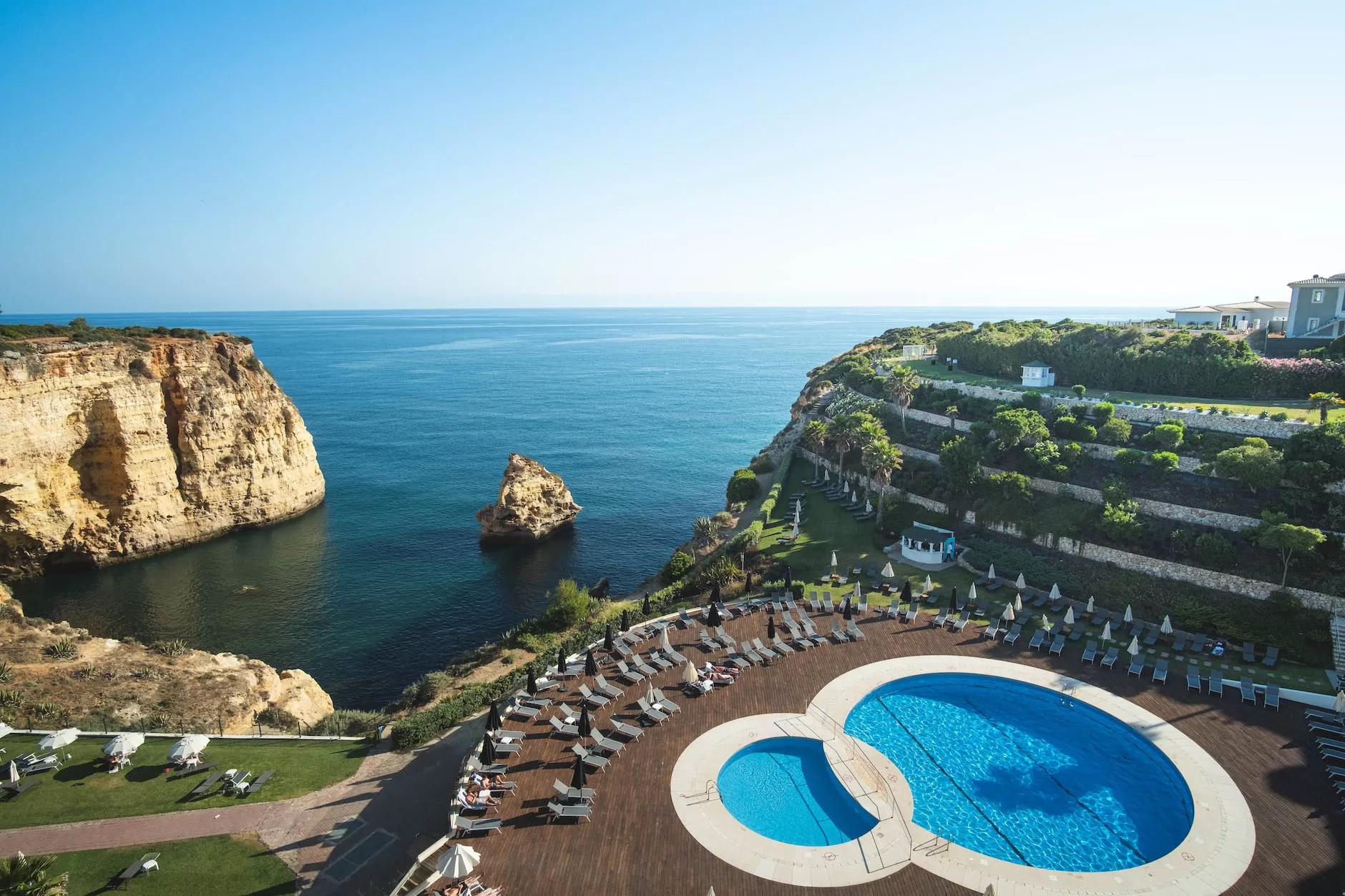

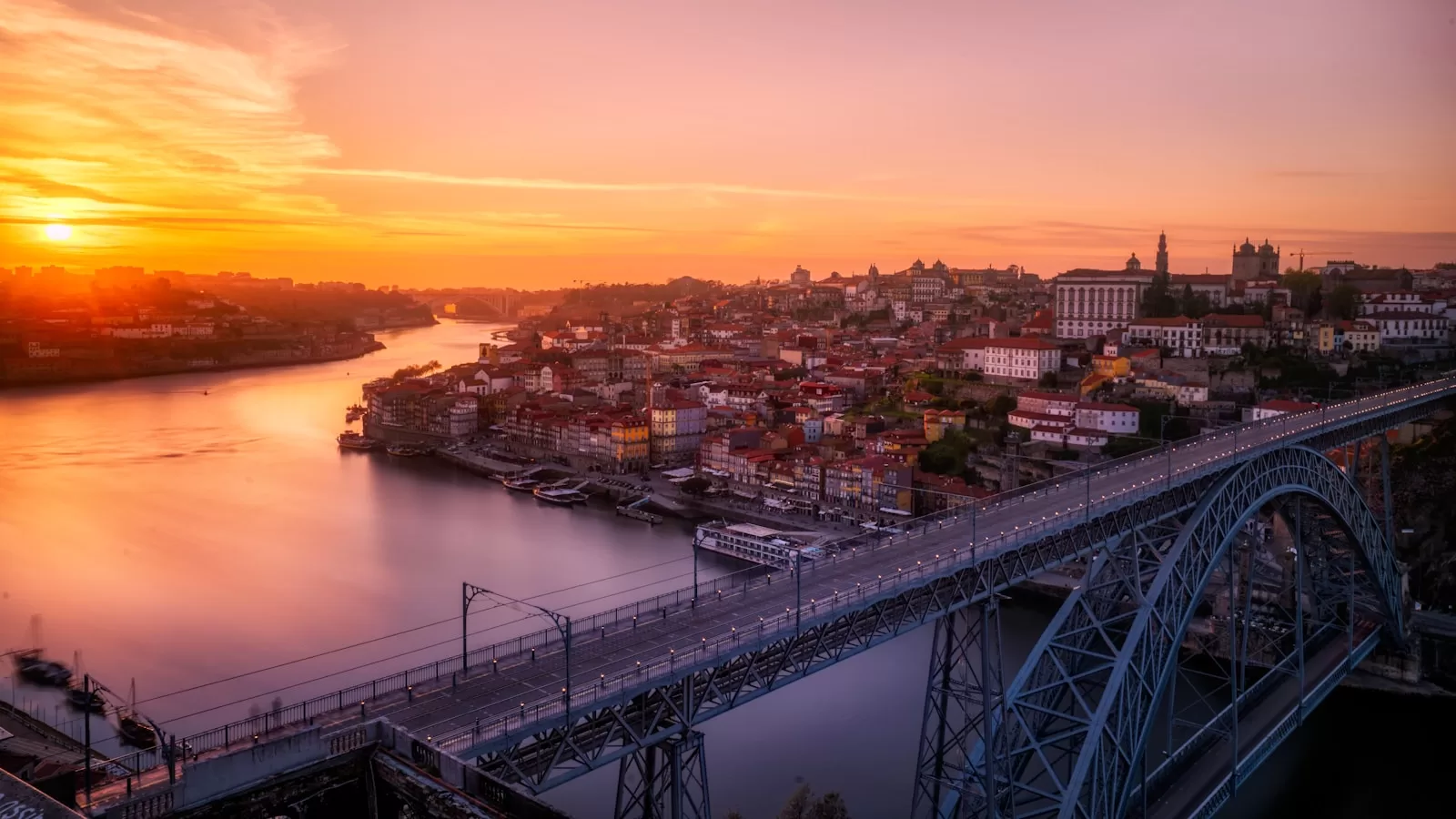


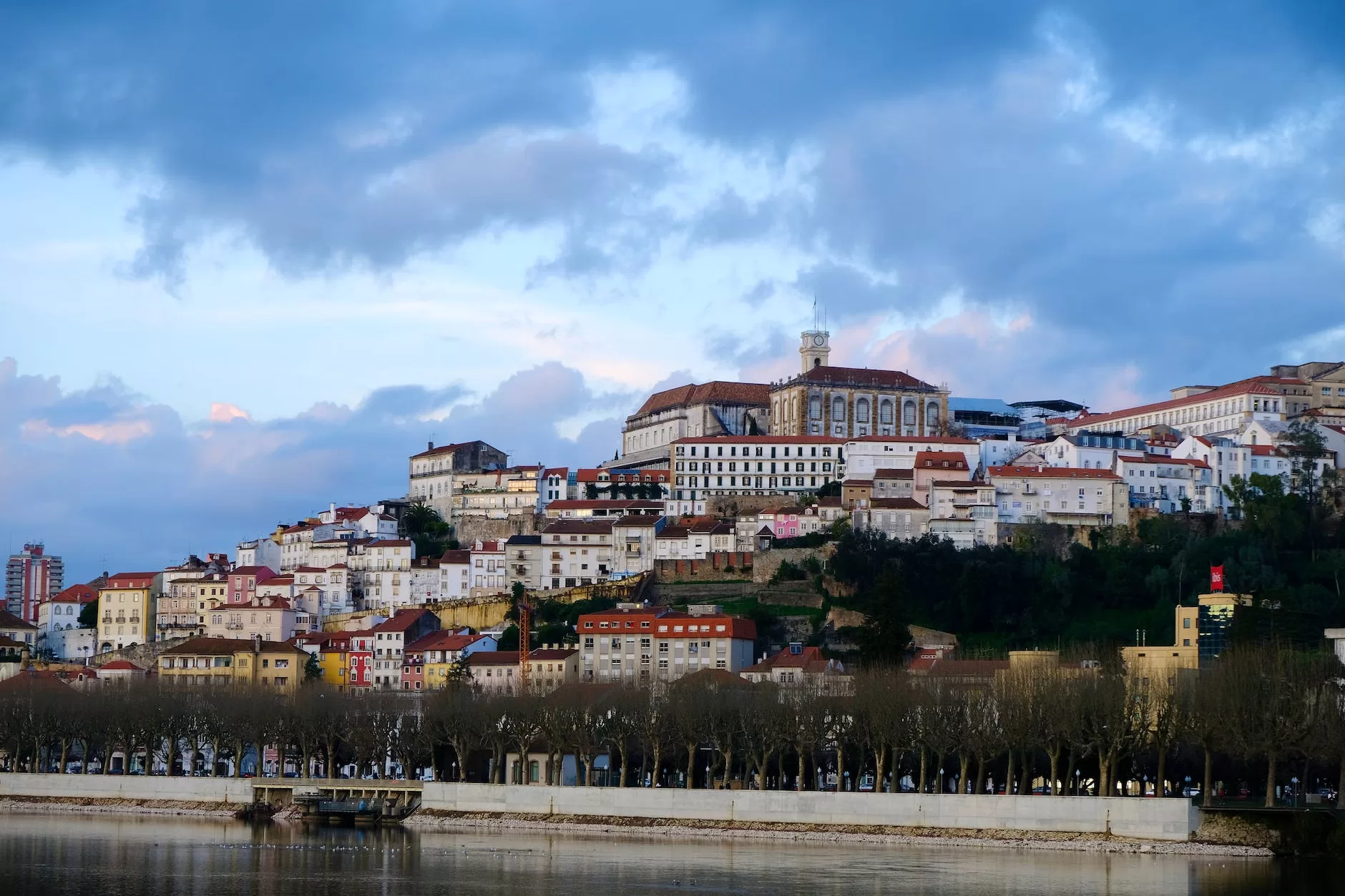
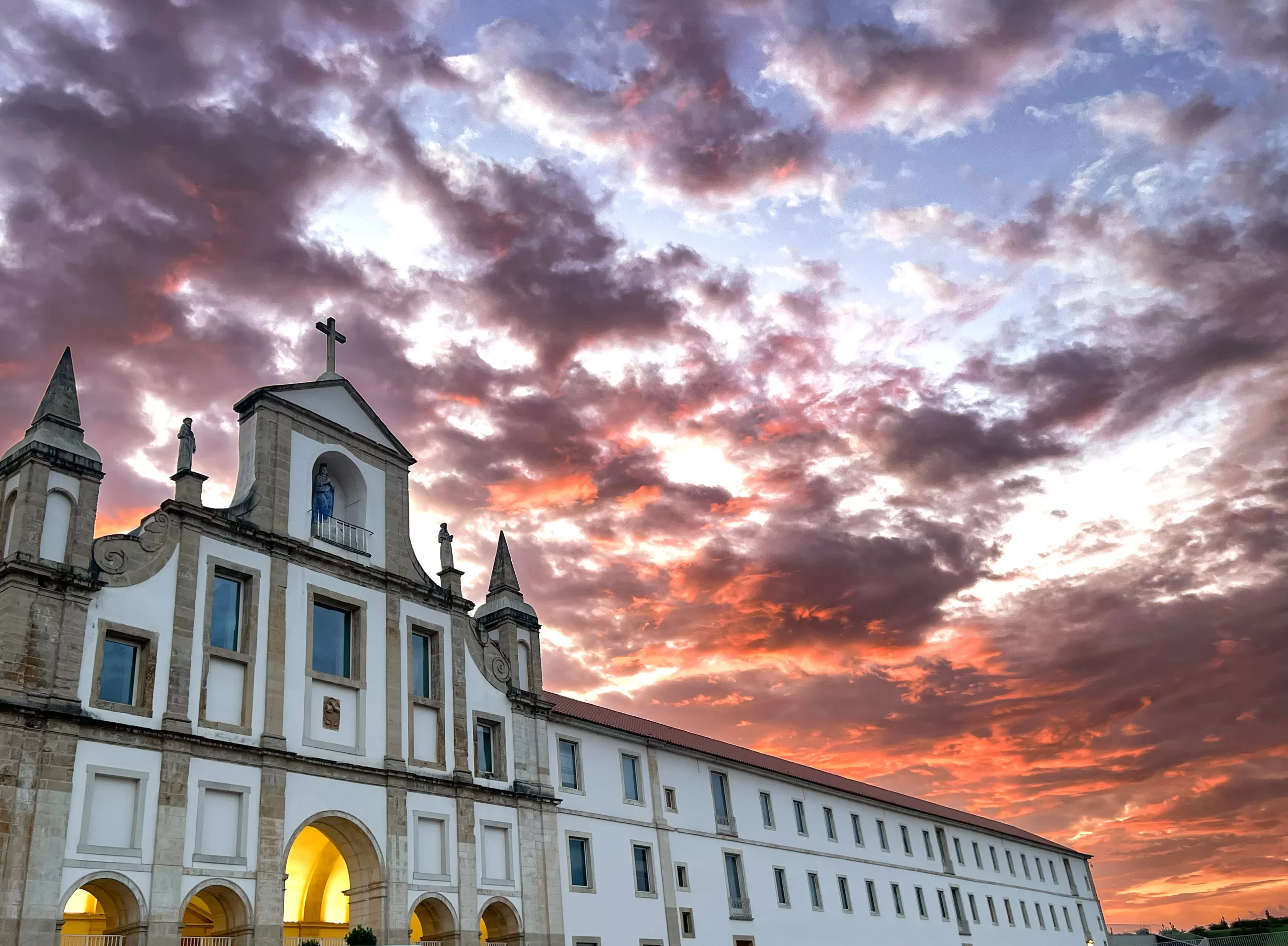
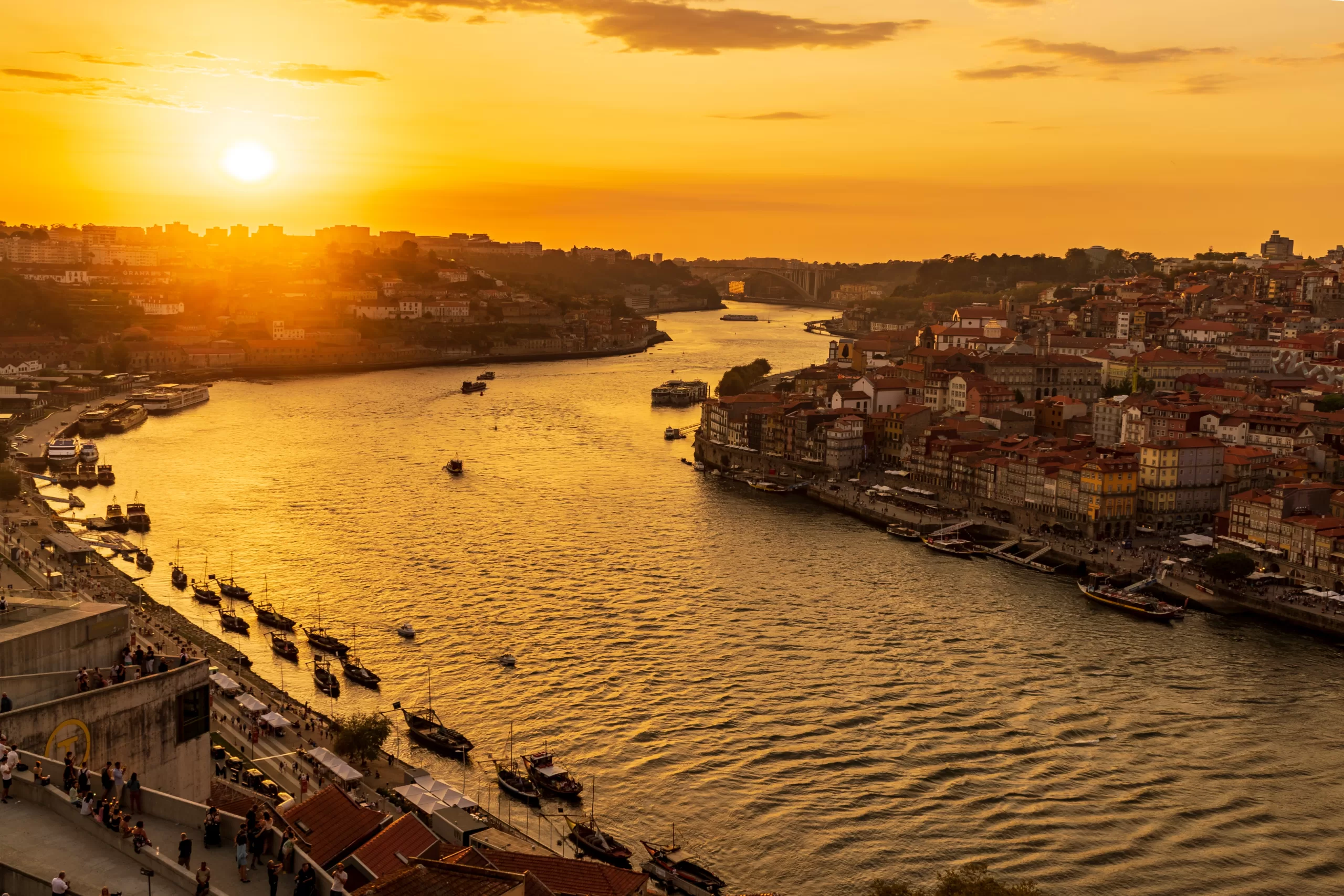

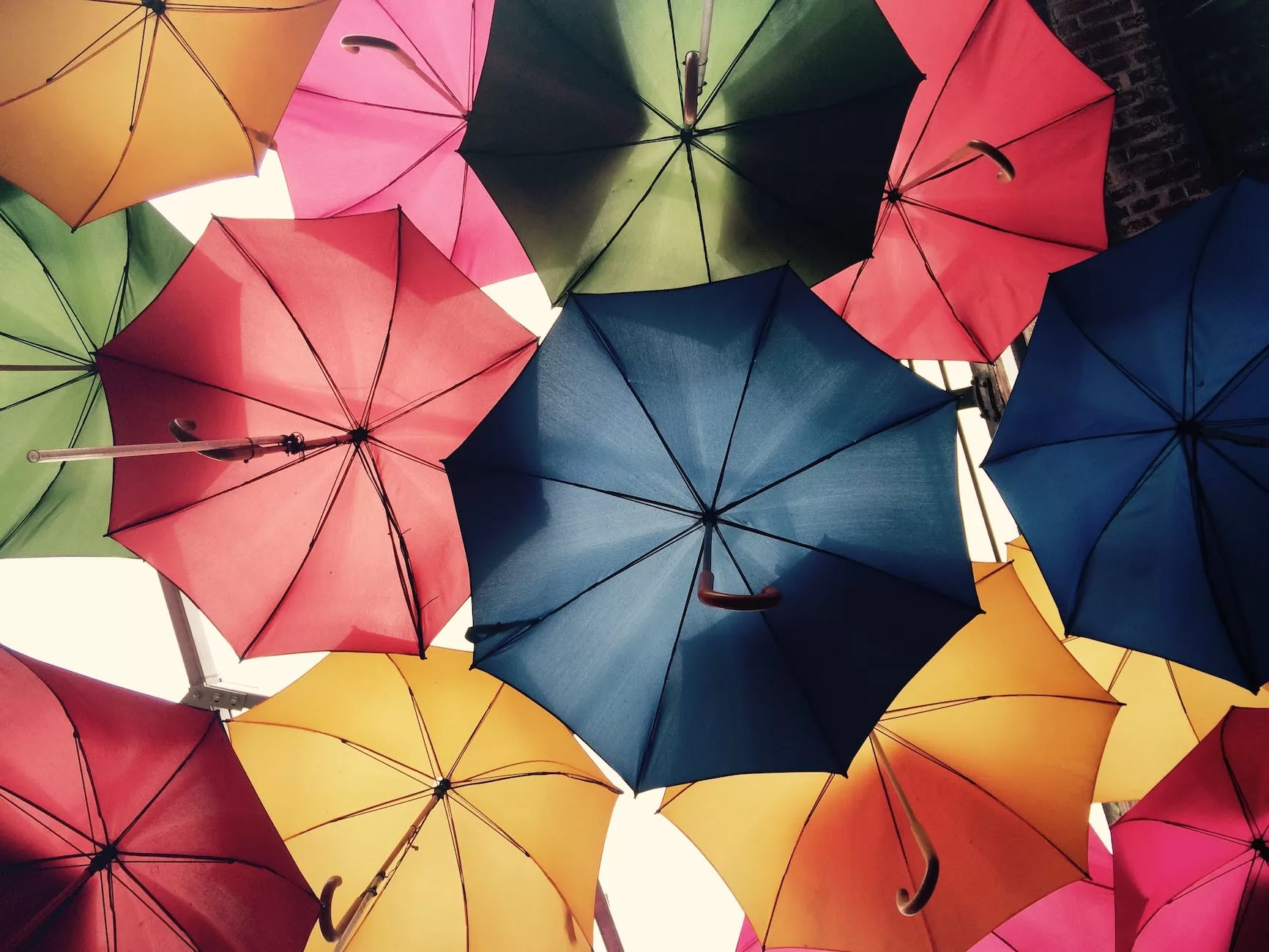




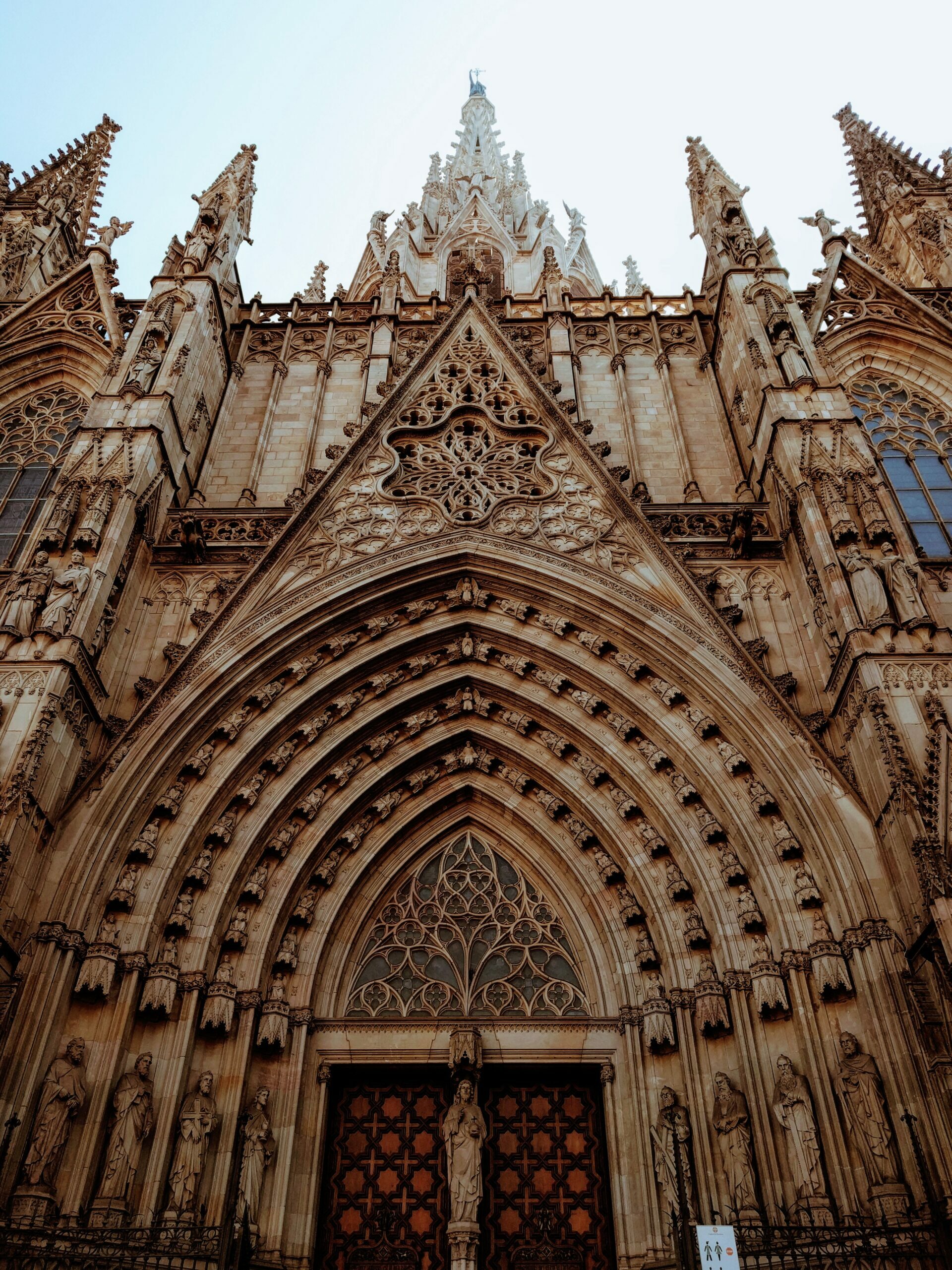


You must be logged in to post a comment.